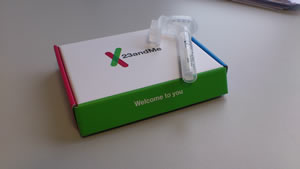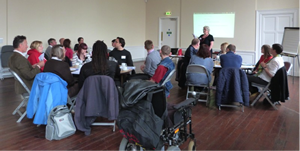CUIDAR: Cultures of Disaster Resilience Among Children and Young People
Disasters and emergencies each comprise unique and troubling entanglements of nature and culture, where climate change or social vulnerability greatly exacerbate how hazards and events are experienced. Cultural sensitivity is essential to effective disaster management and risk reduction practices, yet disaster plans still largely view affected people as victims and as a homogenous group.
Unfortunately, (with a few exceptions), children and young people are virtually invisible as active, engaged participants in national and international emergency planning processes for disasters such as extreme weather/flooding/wildfires/earthquakes and other human influenced environmental crises. Studies have shown that when they are mentioned, rather than seen as a resource, children are positioned as vulnerable recipients of aid and consequently problematic. Understanding children’s perspectives has been demonstrated by organisations such as Save the Children, to be a vital part of the process of building resilience: children are community members and citizens in their own right, and can play an important role in shaping more effective responses to disaster, locally, regionally and internationally.
CUIDAR means to take care in Spanish and Portuguese. It is a 3 year EC Horizon 2020 Coordination and Support Action involving partners in Greece, Spain, Portugal, Italy and the UK and a wide range of international advisory group members from Chile, US, Italy, New Zealand and Australia. It is also a collaboration between academics and the major international charity Save the Children. Through a series of work packages the project builds towards a European Framework for child centred emergency management with an emphasis on recovery and resilience.
CUIDAR’s participatory approach will encourage emergency plans which build on the experience and meaning of events in children’s lives and are badly needed at a time of increased vulnerability to disasters worldwide, not least due to climate change and the increase in more extreme weather events across Europe. The vulnerabilities to these disasters are numerous, ranging from direct impacts to floods, heatwaves, water shortage and landslides, to ecosystem-mediated health impacts including altered infectious diseases, food shortages, mental health and cultural impoverishment through to indirect impacts including population displacement and conflict.
We are proud of our project logo and of the images we’ve been able to use on our website. These were all produced by children in schools in Lisbon and the story of how this came about can be seen here. We are also committed to using creative methods as far as possible so our CUIDAR launch meeting, which took place at Save the Children’s offices in London, involved partners in 3D modelling about the role of children in disasters in their own countries.
CUIDAR consists of seven interconnecting ‘work packages’. After some initial scoping work partners will engage in a series of specially designed dialogues with children and young people in each partner country. These will be followed by mutual learning exercises with disaster policymakers regionally and then a period of national and international awareness raising events drawing on what has been produced through the CUIDAR initiative. The outcome will be a child centred emergency planning/disaster management framework for Europe.

 For example, genetic data is no longer limited to clinical settings. Forms of DIY genetic testing offered by companies such as 23andMe provide opportunities for people to not only collect their own DNA sample and send it in for analysis, but also to analyse the results through online portals. Yet these alternative ways of engaging with genetic data have sparked concerns contributing to
For example, genetic data is no longer limited to clinical settings. Forms of DIY genetic testing offered by companies such as 23andMe provide opportunities for people to not only collect their own DNA sample and send it in for analysis, but also to analyse the results through online portals. Yet these alternative ways of engaging with genetic data have sparked concerns contributing to  Another important part of our work has involved organising and undertaking two citizens’ panels on health biosensors. One of the citizens’ panels was a participatory inquiry into the topics of personal genomics and home reproductive technologies entitled ‘Our Bodies Our Selves’. We invited 15 participants and 4 expert witnesses to learn about the technologies we are researching, and provided an opportunity for the participants, who often did not know about the technologies in detail, to ask critical questions and respond to the social, ethical and technical questions they provoke.
Another important part of our work has involved organising and undertaking two citizens’ panels on health biosensors. One of the citizens’ panels was a participatory inquiry into the topics of personal genomics and home reproductive technologies entitled ‘Our Bodies Our Selves’. We invited 15 participants and 4 expert witnesses to learn about the technologies we are researching, and provided an opportunity for the participants, who often did not know about the technologies in detail, to ask critical questions and respond to the social, ethical and technical questions they provoke.